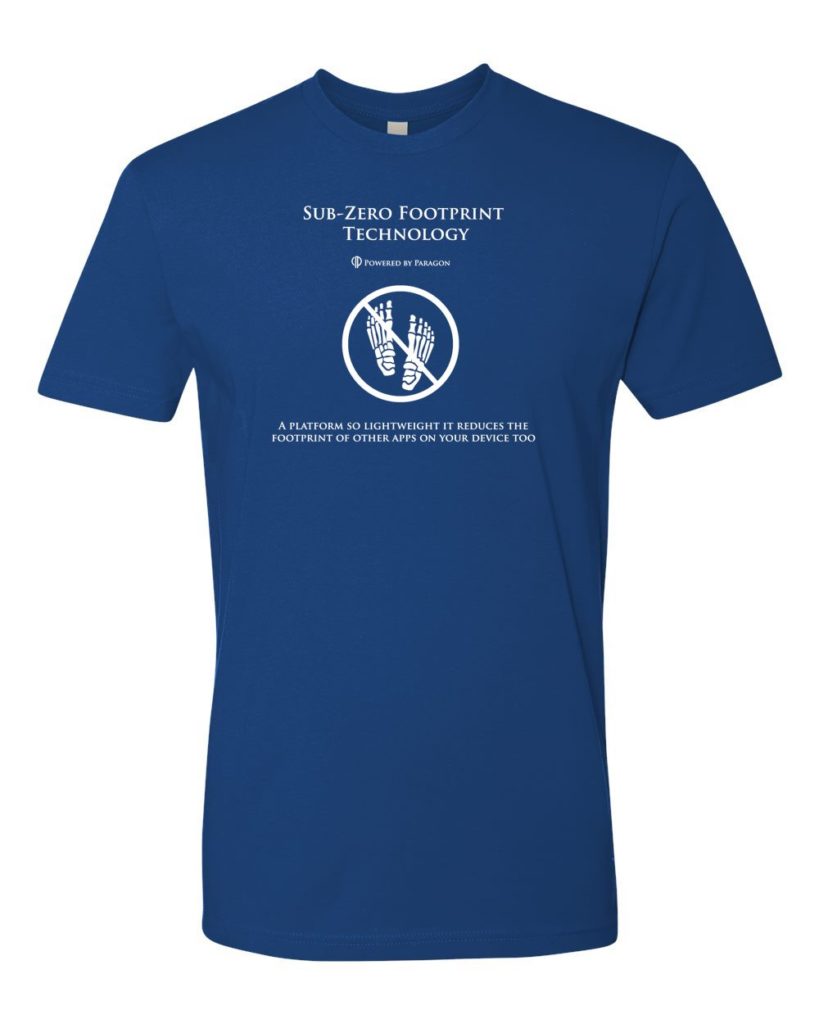Accurately predict future events to mitigate disease, catastrophes, and natural disasters using tarot-based analytics powered by magic 8-ball technology.
It’s true, today’s clinical and business intelligence can deliver deep insights that can be used for disease mitigation and operational optimization. However, the ability of your analytics software and programs to deliver on lofty marketing promises is only as good as your underlying data strategy. Here are a few considerations to keep in mind before embarking on an analytics journey:
- You can’t measure what you don’t know: The first, and most important step in building a successful analytics program is understanding your current state environment, gaps, and challenges. Defining meaningful key performance indicators (KPIs) is not always simple but will enable you to measure improvement over time and ensure you’re tracking towards your organizational goals.
- Your results are only as good as the quality of your data: Getting meaningful and actionable insights requires aggregation of data across many disparate and heterogeneous locations, systems, and formats. Be sure to have a flexible and scalable data model, a data normalization strategy in place, and carefully and regularly evaluate the quality, consistency, and integrity of your data to ensure accurate and consistent results over time.
- The single biggest problem in communication is the illusion that it has taken place: Having scads of clinical and operational metrics is awesome, but is essentially useless unless you can deliver those insights to the right people, at the right time, and in a format that can be easily consumed and acted upon. This starts with having clear organizational objectives and fostering a data-driven culture where information is distilled and shared according to the communication methods that work best for each of your key stakeholder groups.
Are you in the market for an enterprise analytics solution? We can help you separate truth from fiction and select a strategy, technology, and vendor that will best fit your organizational capabilities and needs. Contact us to setup a meeting at RSNA 2019.
Love the logo? Contact us for details on how to order your limited edition tee.

If you enjoyed this post subscribe to our blog to be notified when new articles are published.

